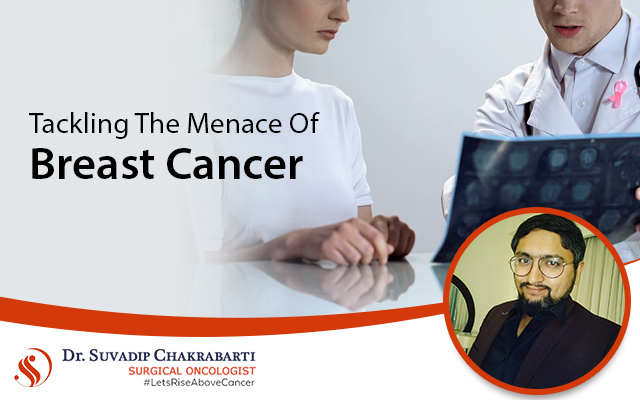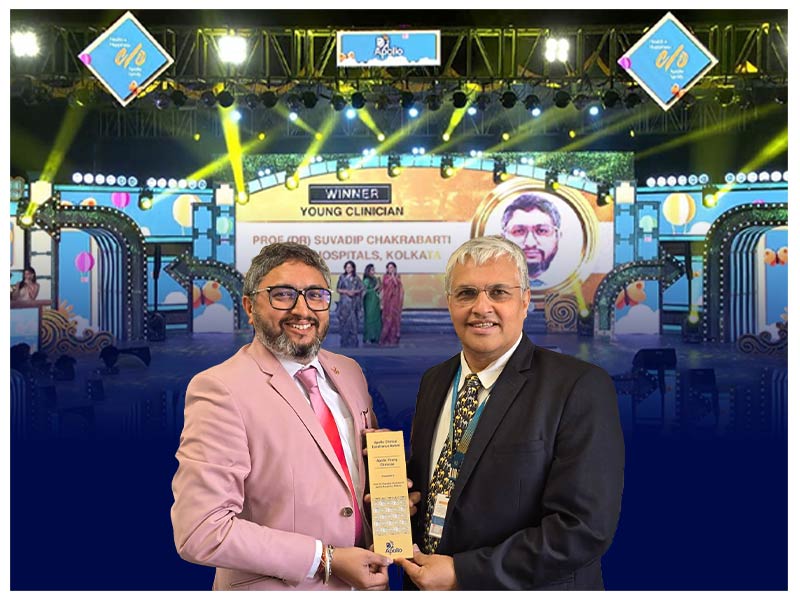Introduction
Breast cancer is currently a significant health problem all over the world. Every year, an estimated 2 million women are diagnosed with breast cancer, says Dr. Suvadip Chakrabarti, a breast cancer surgeon in Kolkata.
Breast cancer will be women’s leading cause of mortality over the next decade.
Preventive Actions
Breast cancer is classified into two types: the first is affected by lifestyle factors, and defective genes cause the second.
The number of genetically driven cancers is luckily low and most breast cancers are caused by lifestyle factors, making it all the more vital to educate people about the illness and the preventative actions that can save them from it.
The decoding of Human DNA and techniques like multi-gene sequencing has ushered in a new age, allowing for the early detection of faulty genes and prompt intervention and, ultimately, cancer prevention, says the breast cancer doctor in Kolkata.
Certain hormones, such as oestrogen and progesterone, have been linked to cancer development. Progesterone facilitates cell maturity and stability, whereas oestrogen encourages cell proliferation.
Variables such as early menstruation, late menopause, alcohol, obesity and lack of exercise, stress and so on can increase oestrogen exposure and raise the risk of getting breast cancer.
In contrast, a healthy lifestyle can reduce the likelihood of cancer development. Smoking is a risk factor for getting cancer on its own. A stress-free lifestyle, breastfeeding, and abstinence from cigarettes and alcohol are only a few of the practices that might significantly reduce the risk of breast cancer.
Breast Cancer Caused by Genes
Certain genes are responsible for breast cancer’s genetic (hereditary) form.
The most frequent genes are BRCA 1 and BRCA 2, which account for 5 to 10% of all breast cancers. A woman who carries the BRCA gene has a 50% lifetime chance of getting breast cancer, and this kind of breast cancer occurs at a younger age.
What can be done for women who are BRCA positive?
To avoid cancer-related mortality, two courses of action are pursued, says the breast cancer surgeon in Kolkata.
First, intensify screening by beginning it at a young age of 25 to 30 years. This age group only undergoes MRI after being examined and advised by a doctor. Annual Mammogram should only be used as a screening tool for women over the age of 40, as young girls have dense breasts and the interpretation of mammograms performed on them is not significant.
Second, whenever a woman has high risk of developing breast cancer, they sometimes undergo a risk-reducing (prophylactic) mastectomy with simultaneous or consecutive removal of the breasts. It is a crucial and difficult decision to remove one’s natural breasts, but with breakthroughs in reconstruction procedures, a woman can have her breasts back without compromising her daily life as little as possible.
Angelina Jolie is a prime example of this. Breast cancer can be avoided in most of the women with specific lifestyle adjustments and genetic analysis. Certain techniques, including screening and risk-reduction surgery, are quite effective in saving lives from this hazard, says the expert of breast cancer surgery in Kolkata.


